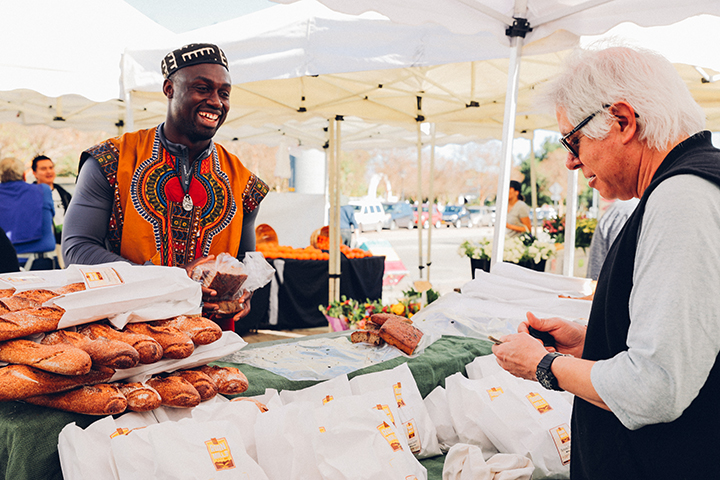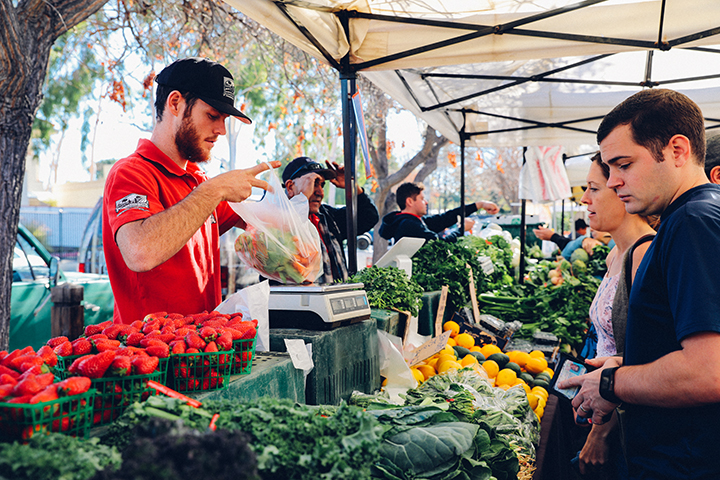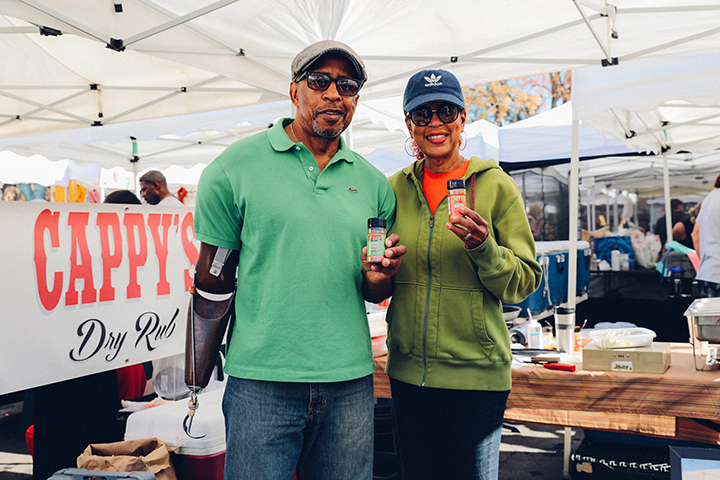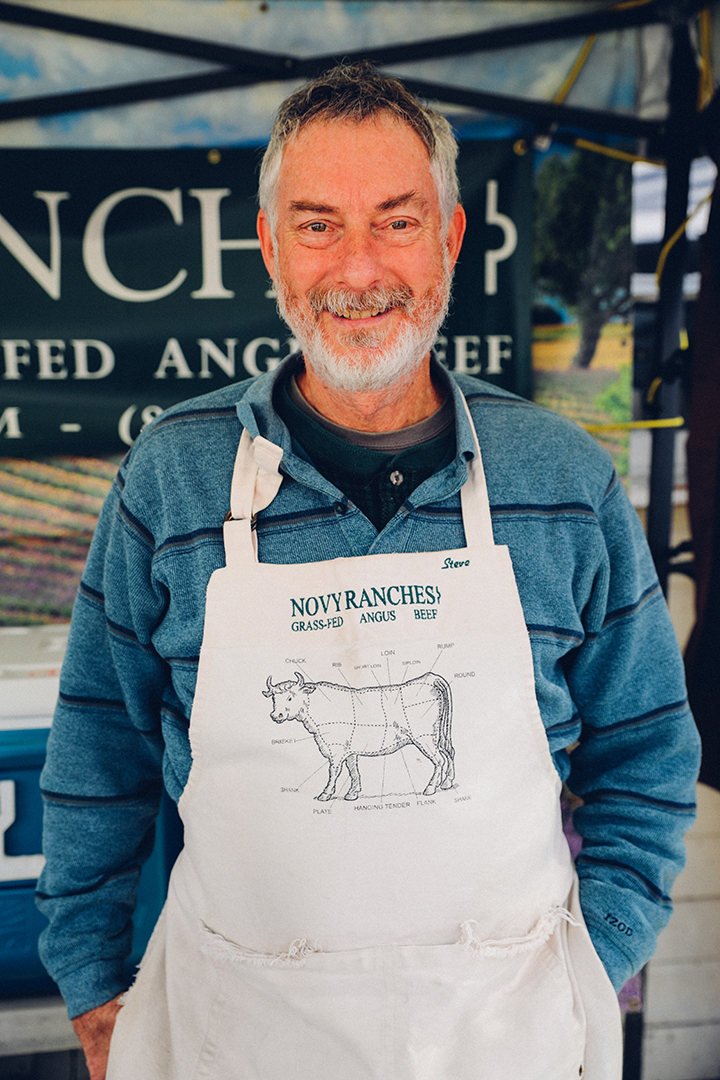Photos by Terra Atwood
Termed “the sunshine state,” California is known for its multitude of farmers markets where fresh produce and other locally sourced goods come together to be sold year-round. For Malibu residents, farmers markets located in Malibu, Santa Monica and Calabasas are weekly establishments that display the best of what this local area has to offer. To get a taste of what makes farmers markets so unique, vendors at the Calabasas Farmers Market explained what makes their products stand out among the crowd.

Moorpark, California
“We are a biodynamic farm. So most people think what is happening on organic farms is what we actually are doing to become biodynamic. These days organic really just means that you don’t use synthetic fertilizers or pesticides, it’s more about what you don’t do. Biodynamic is what you do to make the soil and the land amazing. So we put a lot of work into our soil … Our owner, the guy who runs it, is actually a documentarian … We are just finishing up our feature length documentary on the process of biodynamic farming because we took our land, which was just a normal lemon and avocado orchard, and turned it into this lush, green, amazing orchard where we can grow veggies that no one else has grown around here.” – John Amias “Jamias”

Fillmore, California
“We grow everything ourselves, so we grow our own wheat and with that we make our own bread … It’s old school. We use plain flour, water and salt. We don’t put any milk and preservatives, or any eggs in our breads like most people do … In most breads they put preservatives to make it more fluffy. With ours, we just want to make some real bread. Of course you can make money, but you can also make money by doing the right thing.” – Daour Ndoye

Moorpark and Somis, California
“[Underwood Family Farms] is a family farm that is open to the public. There [are] two locations you can go and visit and pick your own produce. We are not organic. We grow sustainably, which is even better in my opinion. Organic can still use over 200 pesticides, and we don’t use nearly that many. It is like old-school farming. This is the fourth generation of Underwood, so it has been over 100 years of farming … before organic was a thing we were farming this way.” – Don Saul

Los Angeles
“I actually started out doing it just for the family … Over time my wife said, ‘If you are going to make some, make a little bit more.’ She started using it in the house, and wound up using it on literally everything. I made it more for her in the house than for when I did when I was grilling. She actually had the idea to try and start selling it about four to five years ago. We put some of the Original [dry rub] in little plastic bags and just handed them out to anybody who would take one, but they probably thought we were dealing drugs, but we got a great response from it.” – Gene Holomon

Shasta Valley area of Northern California
“This is all 100 percent free range grass fed beef, and it is all 21-day dry aged. It is my father-in-law’s ranch up in Mount Shasta in Northern California … the kinds of foods [cattle] get [are] high in corn and grain in the feedlots. Those are high in sugar and turn into a really unhealthy fat in the cattle, and they turn high in the inflammatory Omega 6 fatty acids. Conversely, the cows we have are all grass fed and are high in Omega 3 fatty acids which is anti-inflammatory … so it is just a completely different kind of product.” – Steve Bitterly
________
Follow Terra Atwood on Twitter: @terraatthewoods
